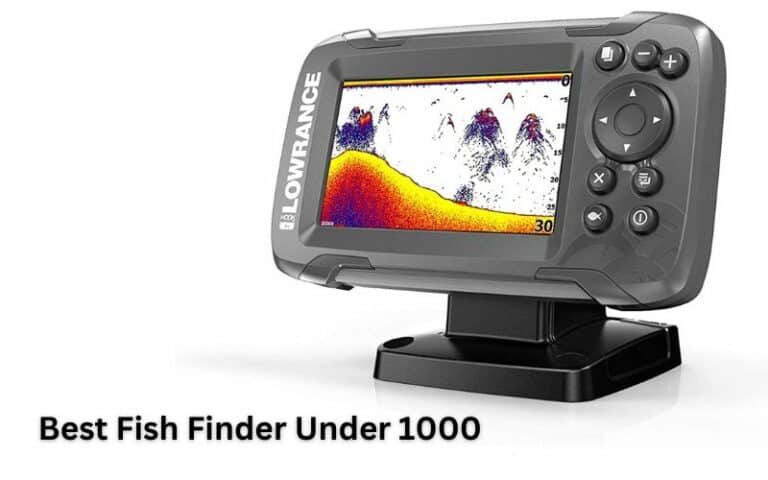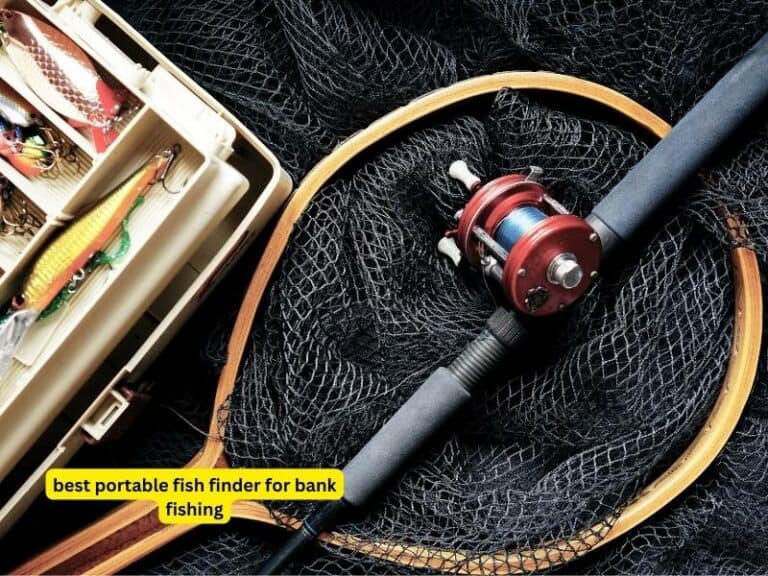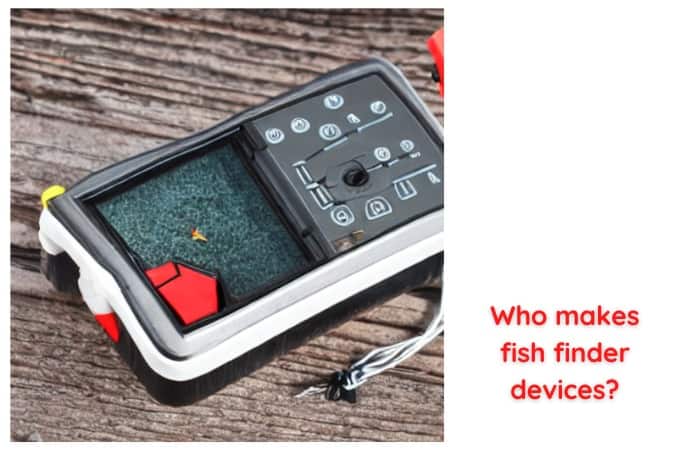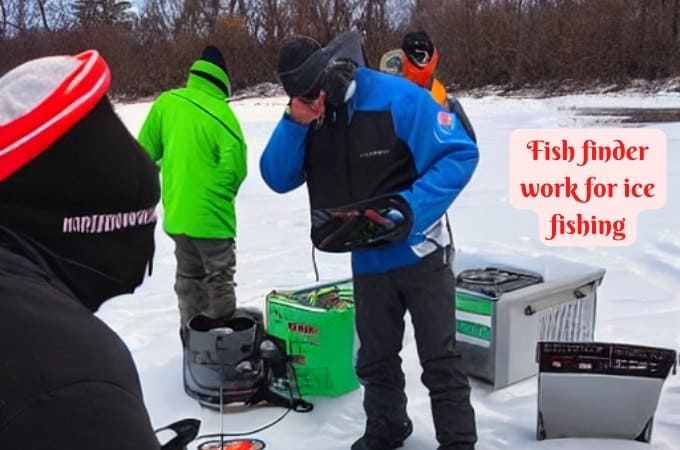When To Surf Fish: Finding The Best Time
Surf fishing, undoubtedly thrilling for adventure enthusiasts, often leaves anglers pondering: when is the best time to surf fish? Well, my friend, the answer lies in understanding the dynamic nature of the ocean and its inhabitants. As the sun begins its ascent, casting its soft golden light across the horizon, a serene aura settles upon the tranquil waters. This is morning, when fish are feasting on their first meal of the day. A prime time to cast your line and eagerly await a tug. But let’s not forget about the enchanting twilight hours, where the setting sun paints the sky in vibrant hues. As darkness embraces the shore, nocturnal predators emerge, creating a mesmerizing spectacle for those who dare to brave the night. So, whether you prefer the calm embrace of dawn or the mysterious allure of dusk, the best time to surf fish is when nature offers its most captivating performances.
When is the Best Time to Surf Fish
Surf fishing is an exciting and rewarding way to enjoy the great outdoors while reeling in some impressive catches. Whether you are a beginner or a seasoned angler, understanding the best time to surf fish can greatly increase your chances of success. In this comprehensive guide, we will explore the various factors that influence surf fishing conditions, helping you plan your next fishing trip like a pro. From tidal patterns to weather conditions and seasonal variations, we will cover it all. So grab your fishing gear and let’s dive into the world of surf fishing!
Section 1: Tidal Patterns and Surf Fishing
One of the key factors that significantly impact surf fishing is the tidal patterns. Tides are caused by the gravitational pull of the moon and the sun on the Earth’s oceans, resulting in a rise and fall of water levels. Understanding the relationship between tides and surf fishing is crucial for maximizing your chances of catching fish. Here are some important points to consider:
1.1 High Tide Fishing
High tide can be an excellent time for surf fishing, especially in areas where predatory fish like to hunt in shallow waters. During high tide, fish are often pushed closer to the shore, providing easier access for anglers. Additionally, the increased water depth allows fish to explore new feeding grounds, presenting an opportunity for anglers to target larger species.
1.2 Low Tide Fishing
Low tide, on the other hand, can also be a productive time for surf fishing. As the water recedes, it creates channels and troughs where fish tend to concentrate. These areas often provide favorable conditions for fish to feed and seek shelter from predators. By targeting these prime locations during low tide, anglers can increase their chances of success.
Section 2: Weather Conditions and Surf Fishing
The weather plays a significant role in determining the success of a surf fishing trip. Certain weather conditions can either attract or deter fish, so it’s essential to keep an eye on the forecast before heading out. Here are some key weather factors to consider:
2.1 Temperature
Fish are ectothermic creatures, meaning their body temperature is regulated by their environment. Different species of fish have different temperature preferences, so it’s important to consider the water temperature when planning your surf fishing outing. Warmer water temperatures are generally more favorable for fish activity, as they increase metabolism and trigger feeding behavior.
2.2 Wind
Wind can have both positive and negative effects on surf fishing. A light breeze can create ripple effects on the water’s surface, making it harder for fish to spot anglers and their bait. On the other hand, strong winds can churn up the water, stirring up prey and attracting larger fish. Understanding how wind direction and intensity affect the water conditions can give you an edge in selecting the right fishing spot.
2.3 Barometric Pressure
While it may not be visible, changes in barometric pressure can profoundly impact fish behavior. When there is a drop in barometric pressure, often associated with approaching storms or low-pressure systems, fish tend to become more active and feed aggressively. On the other hand, high-pressure systems can make fish lethargic and less likely to bite. Monitoring barometric pressure can help you determine the best time to hit the surf.
Section 3: Seasonal Variations and Surf Fishing
The time of year has a significant influence on surf fishing success. Different seasons bring about changes in water temperatures, fish migrations, and feeding patterns. By understanding these seasonal variations, you can plan your surf fishing trips accordingly. Here’s a breakdown of the different seasons and their impact on surf fishing:
3.1 Spring
Spring is an exciting time for surf fishing, as it marks the beginning of many fish migrations. As the water warms up, various species start moving closer to the shore in search of food and spawning grounds. This increased activity provides abundant opportunities for anglers to target a wide range of fish. Additionally, spring tides, which occur during the full and new moons, can create strong currents that concentrate fish in certain areas.
3.2 Summer
Summer is a favorite season for many surf anglers, thanks to the warm water temperatures and longer daylight hours. During this season, fish are generally more active and willing to bite. It’s a great time to target popular species like striped bass, bluefish, and flounder. However, the increased beach traffic and recreational activities can make fishing conditions more challenging, so it’s important to plan your fishing trips during less crowded times.
3.3 Fall
Fall is often considered the prime season for surf fishing, as many species prepare to migrate or fatten up for the winter months. The cooling water temperatures trigger increased feeding activity, making fish more aggressive in taking bait. Fall is particularly known for excellent striped bass fishing, as these fish embark on their annual migration in search of warmer waters.
3.4 Winter
While winter may not be the most popular time for surf fishing, it can still offer excellent opportunities for dedicated anglers. Some fish, such as redfish and winter flounder, thrive in colder temperatures and can be targeted during the winter months. However, it’s crucial to dress warmly and be prepared for challenging conditions, including strong winds and rough surf.
Section 4: Additional Tips for Surf Fishing Success
To further enhance your surf fishing experience, here are some additional tips that can make a difference:
4.1 Research Local Regulations and Licenses
Before heading out for a surf fishing adventure, it is essential to familiarize yourself with any local fishing regulations and licensing requirements. Different areas may have specific rules regarding bag limits, size restrictions, and protected species. Adhering to these regulations not only helps preserve the fish populations but also ensures a sustainable fishing environment for everyone.
4.2 Use the Right Bait and Lures
Choosing the right bait and lures can significantly increase your chances of attracting fish. Research the preferred food sources of the fish species you are targeting and select baits that mimic their natural prey. Popular bait options for surf fishing include live or cut baitfish, shrimp, clams, and sand fleas. Additionally, experimenting with different lures, such as spoons, jigs, or soft plastics, can help you find what works best for your target species.
4.3 Time your Fishing Sessions
While knowing the best time to surf fish is crucial, it’s also important to remember that fish behavior can vary within a specific time frame. Plan to spend time at the fishing spot before, during, and after the predicted peak fishing hours. This way, you can explore the changing conditions and adapt your techniques accordingly.
4.4 Understand Fish Behavior and Habitat
Take the time to learn about the fish species you are targeting, including their feeding habits, preferred habitats, and migration patterns. This knowledge will help you locate potential fishing hotspots and present your bait in a way that appears natural to the fish. Researching fish behavior can also give you insights into their response to different weather conditions and tides.
Conclusion
Surf fishing is a captivating sport that offers a unique connection with nature and the thrill of catching fish from the shore. By considering the factors discussed in this guide, such as tidal patterns, weather conditions, seasonal variations, and additional tips, you can optimize your surf fishing trips and improve your chances of success. Remember, each day on the beach is a learning experience, so keep exploring and adapting your techniques to become a master of the surf fishing game. Happy fishing!
Frequently Asked Questions
When is the best time to surf fish?
The best time to surf fish depends on several factors that can affect a successful fishing experience. Here are some key considerations:
What time of the year is ideal for surf fishing?
The ideal time for surf fishing is typically during spring and fall when the water temperature is moderate and fish are more active. However, fishing conditions can vary depending on the specific location and target species.
Is there a specific time of day that is best for surf fishing?
Early morning and late afternoon are generally considered the prime times for surf fishing. During these periods, fish are often feeding closer to shore, taking advantage of the low light conditions. However, it’s important to note that fish can be caught at any time of the day.
Does tide play a role in determining the best time for surf fishing?
Yes, tide plays a crucial role in surf fishing. Many anglers find that the incoming tide, especially during high tide, brings fish closer to the shore, making it an optimal time for surf fishing. However, fish can also be caught during other tidal stages, so it’s worth experimenting with different tide levels.
Are there specific weather conditions that favor surf fishing?
Stable weather conditions, with minimal wind and clear water, are generally preferred for surf fishing. Light winds help create favorable surf conditions and improve visibility, making it easier for fish to locate your bait. However, some fish species may be more active during overcast or rainy weather.
Can moon phases affect surf fishing success?
Moon phases can impact surf fishing to some extent. Many anglers believe that the new moon and full moon periods can influence fish behavior and feeding patterns. During these phases, tidal movements can be more pronounced, creating better fishing opportunities. However, it’s important to note that other factors like water temperature and bait availability also play significant roles.
Do different fish species have specific times for surf fishing?
Yes, different fish species have their own preferred times for surf fishing. Some species, like striped bass, tend to be more active during low light conditions such as dawn and dusk. Others, like pompano, may prefer the outgoing tide. Understanding the behavior and feeding patterns of the target species can greatly enhance your chances of success.
Final Thoughts
Surf fishing enthusiasts often wonder about the best time to enjoy their favorite activity. Factors such as tides, weather, and time of day play significant roles in determining fishing success. In general, early mornings and late afternoons are ideal for surf fishing, as fish tend to be more active during these times. Additionally, fishing during the incoming tide is recommended, as it brings in baitfish and increases the chance of attracting larger predatory fish. To maximize your surf fishing experience, plan your outings around these optimal conditions. So, when is the best time to surf fish? Choose the early morning or late afternoon during the incoming tide for the most promising results.



